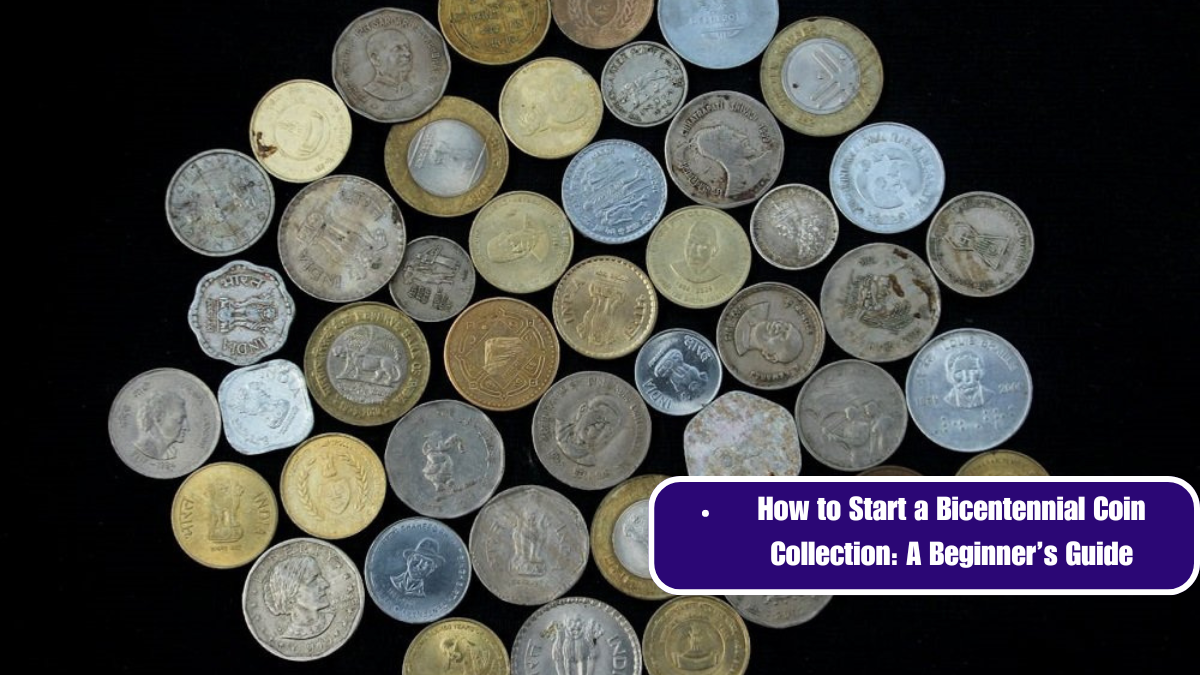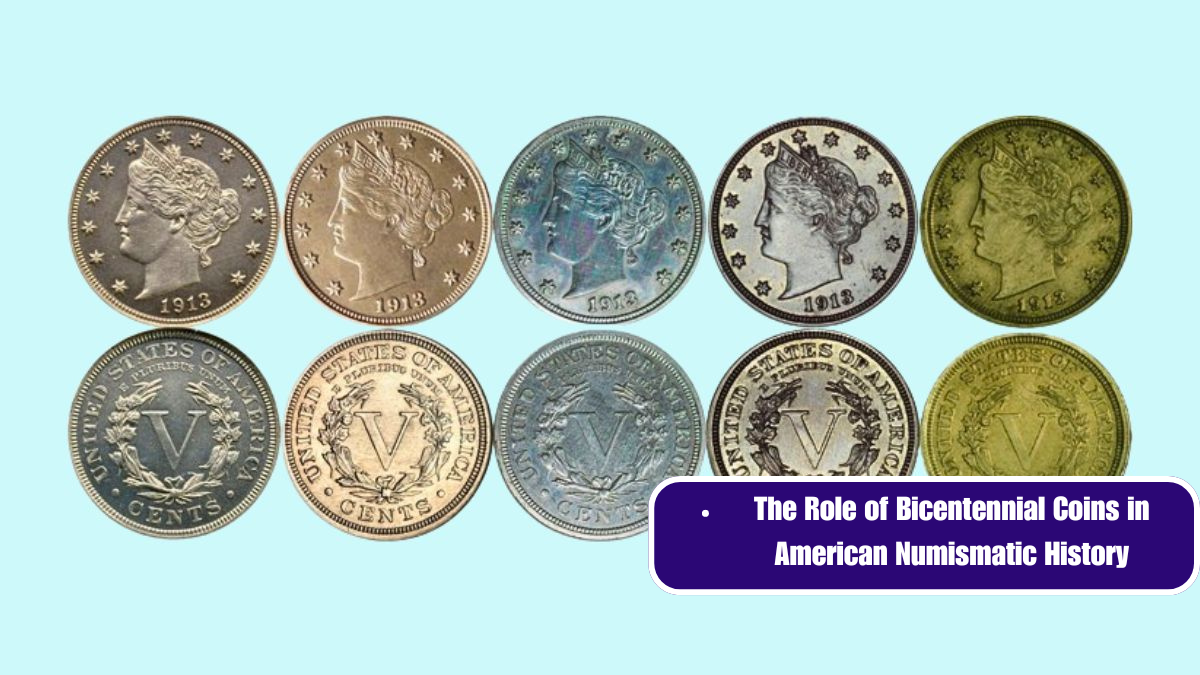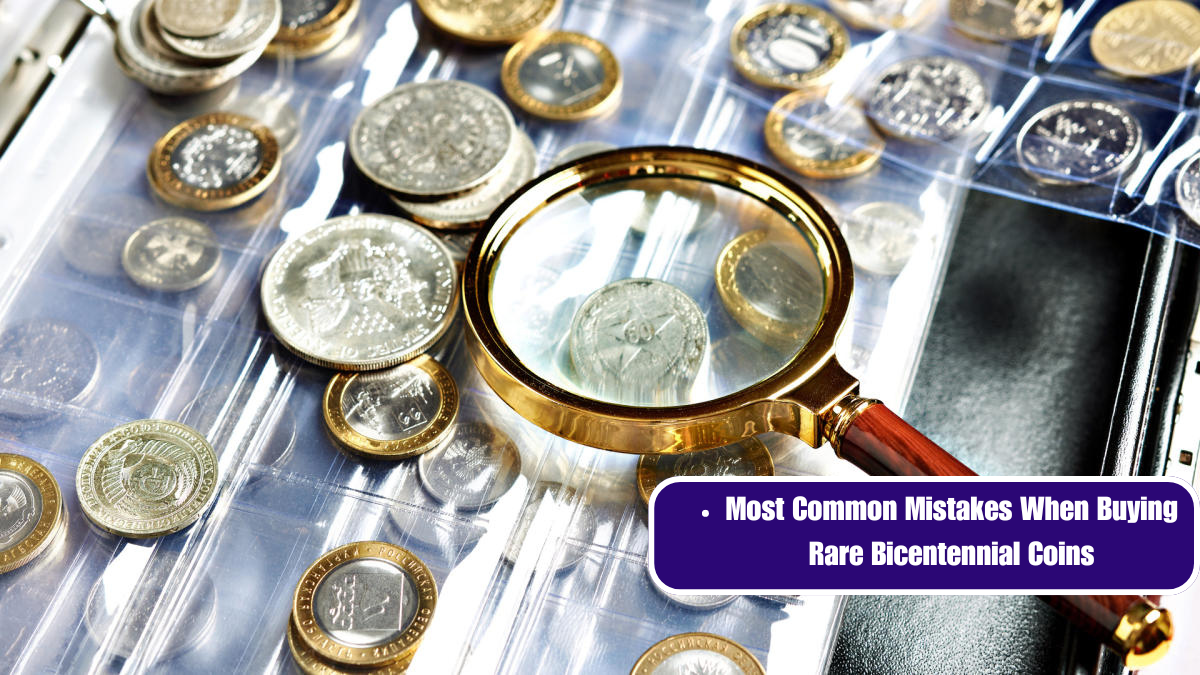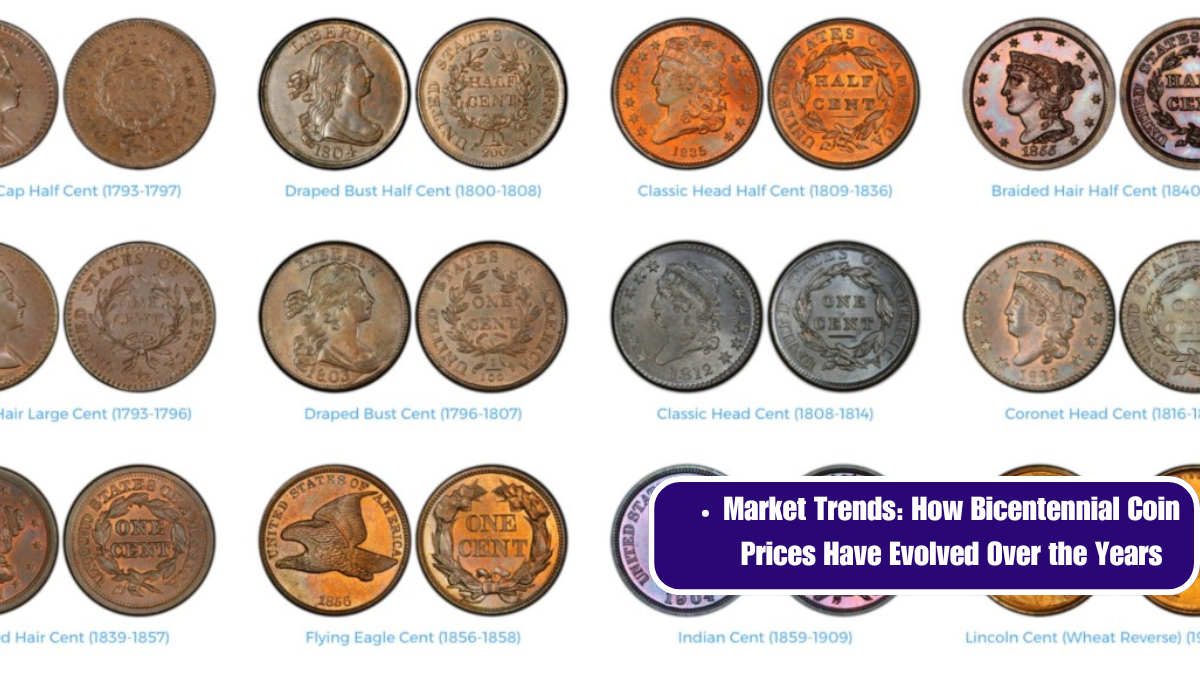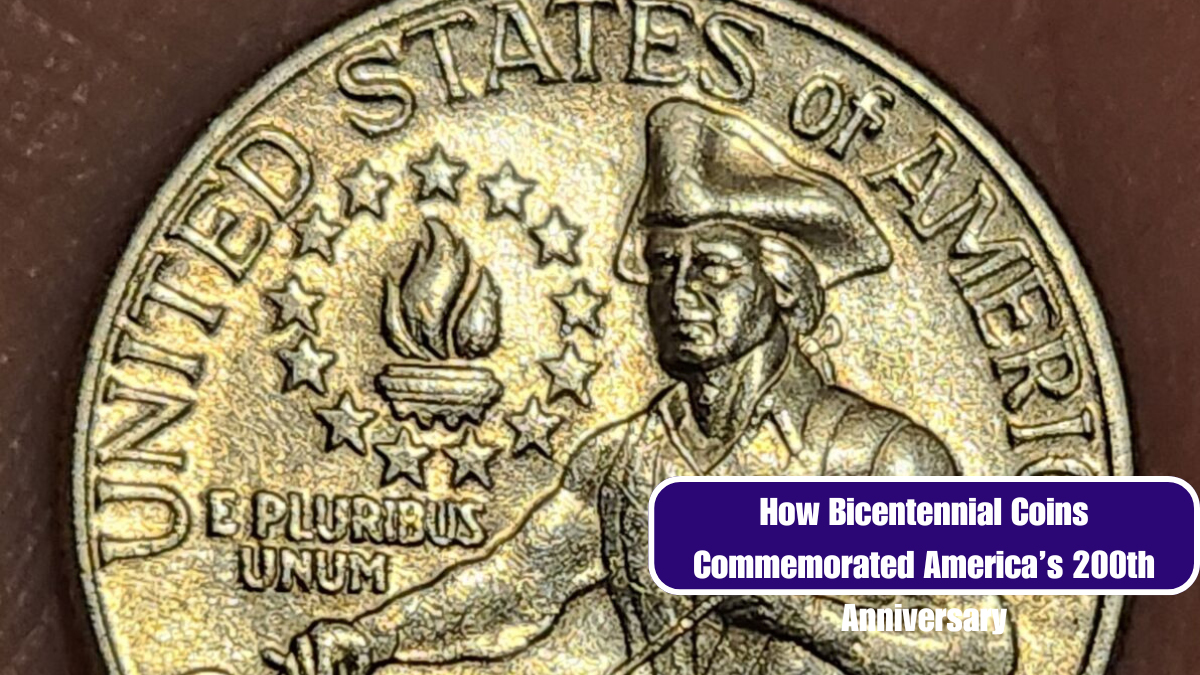The United States Bicentennial celebration in 1976 was marked by the issuance of special commemorative coins, including quarters, half dollars, and dollars. These coins were minted to celebrate the 200th anniversary of American independence and have since become collectible items for numismatists and history enthusiasts alike. While most Bicentennial coins are relatively common, a few rare varieties are highly sought after. Here’s what you need to know about identifying rare Bicentennial coins and their distinguishing features.
Understanding the Basics
Before diving into the rare varieties, it’s crucial to understand the basics of the Bicentennial coins:
- Bicentennial Quarter: Featuring a unique reverse design, this coin displays a colonial drummer, symbolizing the American Revolution. The obverse remains the same as the standard Washington quarter.
- Bicentennial Half Dollar: This coin showcases a depiction of the Liberty Bell superimposed over the Moon, with the year 1776–1976.
- Bicentennial Dollar: Issued in both silver and clad varieties, this coin features the Liberty Bell and the moon, with the dual dates 1776–1976.
Identifying Rare Bicentennial Coins
While most Bicentennial coins are common, some rarities exist. Here’s what to look for:
1. Bicentennial Quarter: Doubled Die Errors
One of the most famous varieties of the Bicentennial quarter is the doubled die error. This occurs when the die used to strike the coin has multiple impressions, creating a doubling effect on the coin’s design.
What to Look For:
- Doubling on the Date: Examine the date and inscriptions on the reverse side of the quarter closely. Look for a noticeable doubling effect, particularly on the numbers and letters.
- Increased Depth: The doubling will often appear with increased depth and shadowing.
2. Bicentennial Half Dollar: Silver vs. Clad
While most Bicentennial half dollars are clad, a few are silver. Understanding the composition can help in identifying these valuable coins.
What to Look For:
- Composition: The silver version is made from 40% silver, whereas the clad version contains no silver. Use a magnet or acid test to determine composition if you’re unsure.
- Mint Mark: The silver half dollar will have a mint mark on the reverse side just below the Liberty Bell, usually “S” for San Francisco.
3. Bicentennial Dollar: Silver vs. Clad
Similar to the half dollar, Bicentennial dollars were minted in both silver and clad versions. The silver dollars are more valuable and rare compared to their clad counterparts.
What to Look For:
- Composition: Silver dollars are made of 40% silver, while clad versions are composed of a copper-nickel alloy. A simple test can help differentiate between the two.
- Mint Mark and Year: Check the mint mark on the edge of the coin. The silver versions are often distinguished by their year and mint mark, typically “S” for San Francisco.
4. Special Mint Mark Variations
Bicentennial coins were minted at three locations: Philadelphia, Denver, and San Francisco. Each location had different mint marks, which can be a factor in rarity and value.
What to Look For:
- Mint Marks: On quarters and half dollars, the mint mark can be found on the obverse side, to the right of Washington’s neck or under the date for quarters, and on the reverse side near the Liberty Bell for half dollars.
- San Francisco Mint: Coins with the “S” mint mark are often more valuable, especially if they are silver.
5. Condition and Grading
The condition of the coin can greatly affect its value. Coins are graded on a scale from Poor to Mint State. Coins in higher grades (Uncirculated, MS-65 or higher) are more valuable.
What to Look For:
- Surface Quality: Look for coins with minimal wear, scratches, or discoloration.
- Details: Ensure that the design details are sharp and well-defined.
Identifying rare Bicentennial coins involves more than just knowing the basics; it requires attention to detail and a keen eye for errors and variations. By understanding the key distinguishing features and employing careful examination techniques, you can better appreciate the rare and valuable aspects of these commemorative coins. Whether you’re a seasoned collector or just starting, knowing what to look for can make all the difference in finding a hidden gem in your collection.
Happy hunting!







